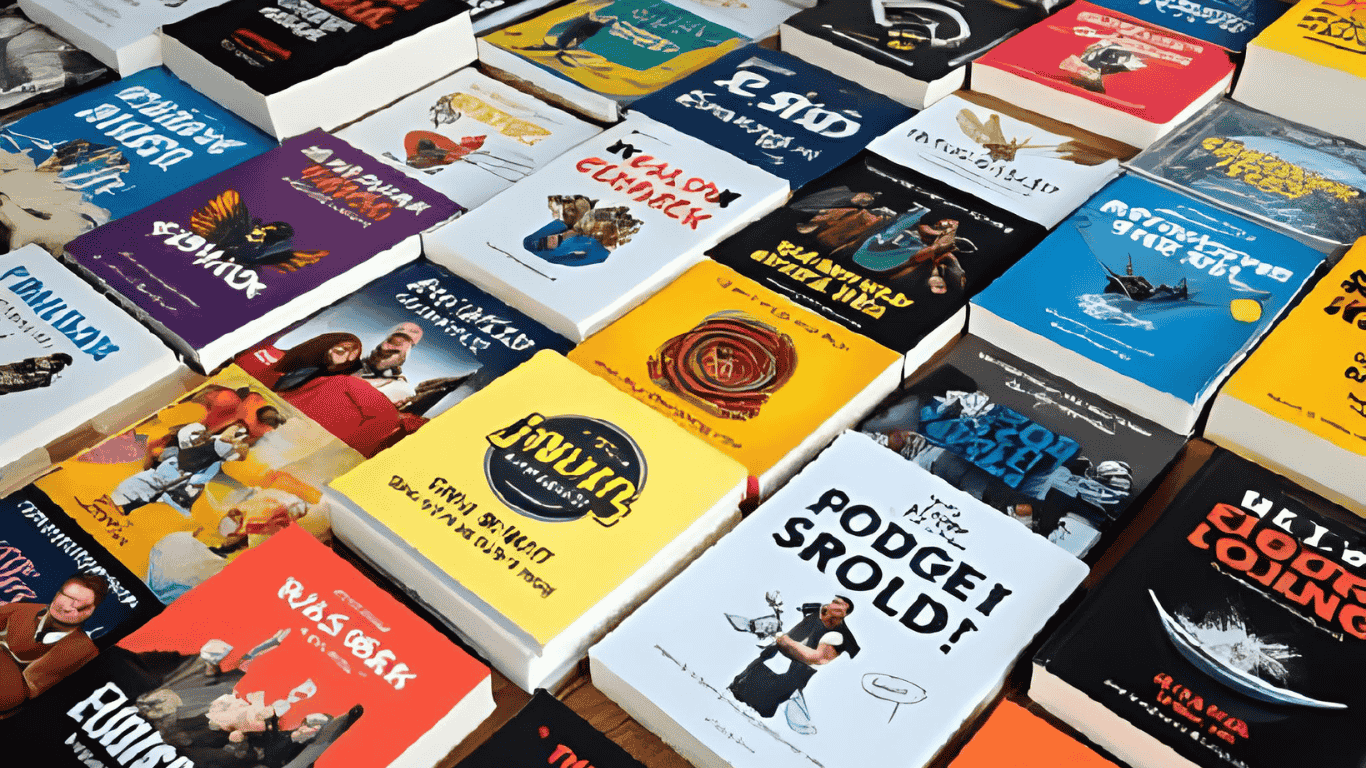Blog details
Introduction: A Key to Understanding the Prophetic Sunnah
The science of Hadith terminology (Ilm Mustalah al-Hadith) is a compass for those engaged in Islamic studies. It's the methodology concerned with studying the rules and principles of Hadith narration and the means to distinguish between what is authentic and what is not. This science investigates the conditions of the Isnad (chain of narration) and the Matn (text), establishing the methodological criteria for accepting or rejecting a Hadith.
This field established solid foundations for understanding the noble Sunnah, which is considered the second source of Islamic law. Without it, it would have been very difficult to protect the Prophetic heritage from fabrication and distortion, or to differentiate between words attributed to the Prophet ﷺ and those from others. It is the science of the governing laws of narration that ensures the integrity of transmission from impurities.
The precise nature of Hadith terminology made the need for books that codify and simplify its rules urgent. What was once known orally among scholars in the early Islamic period became necessary to document and organize into reference books. These books were not just a collection of information; they were an Asl (grounding) of principles and an extrapolation of cases, making it easier for students and researchers to grasp this field. They represent a tremendous effort to systematize the methodology of Hadith criticism and present it in specific frameworks that enable students to apply them to various narrations.
The compilation of Hadith terminology began in a scattered manner within books on foundational principles, then gradually evolved into a standalone science. The beginnings were chapters within books of Usul (foundations) and Ilal (hidden defects), and then independent works began to appear that specifically dealt with terminology. This development went through multiple stages, from early documentation to the period of encyclopedic works, and finally to the era of concise core texts and extensive commentaries, which indicates the vitality of this science and its continuous development in response to the intellectual needs of the Ummah (Muslim community).
Core Texts (Al-Mutoon): The Cornerstone for Beginners
Nukhbat al-Fikar by Ibn Hajar al-Asqalani is considered a gem among Hadith terminology books. It's an exceptionally concise text that nonetheless contains all the most important Hadith terms and rules. Its unique method of classification relies on logical division, starting with classifying Hadith as either accepted (Maqbool) or rejected (Mardud), then branching into precise and sequential sub-divisions. These characteristics make it ideal for beginners seeking to master the fundamentals. Nukhbat al-Fikar gained widespread fame among students of knowledge due to its academic value and clear methodology. It has become an indispensable reference in Hadith terminology courses and has had a profound impact on later scholars, who competed to write commentaries, summaries, and poetic renditions of it, which speaks to its firm standing in the Hadith library.
Poetic renditions of texts (Al-Alfiyyat) in the Islamic sciences are effective educational tools because they are easy to memorize. In this context, **Alfiyyah al-Iraqi** gathers the rules of Hadith terminology in poetic form, which simplifies their absorption for students. The beauty of its verse and the solidity of its content have made it a cornerstone of Hadith studies. Alfiyyah al-Iraqi has been widely accepted in scholarly circles and is taught in Islamic institutes and universities. It serves as a comprehensive guide for researchers, allowing them to grasp all the topics of terminology in an organized and well-structured manner.
In his book, **Al-Bath al-Hathith**, Imam Ibn Kathir followed a unique method of summarizing **Muqaddimah Ibn al-Salah**, adding some important notes and critiques. He refined the original text while preserving its scholarly essence, which made it more fluid for the reader. Al-Bath al-Hathith is distinguished by its eloquent and direct style. It's a book that combines conciseness with comprehensiveness and is a key to understanding Muqaddimah Ibn al-Salah, which is considered one of the most important books on the subject. It has become a trusted reference in the study of this science.
Books of Foundations and Principles: The Academic Depth for Researchers
The book Al-Muhaddith al-Fasil bayn al-Rawi wal-Wai` is considered a turning point in the history of Hadith sciences. It is the first independent work to dedicate itself to this field, giving it a pioneering status. It is the primary reference that encompassed the topics of terminology separately from other sciences. Al-Ramahurmuzi followed an empirical methodology in structuring his book, collecting scattered rules and categorizing them into independent chapters. His style was direct and clear, making his book a fundamental basis for all who followed him in writing on this subject.
Marifat Ulum al-Hadith by Al-Hakim al-Naysaburi is an encyclopedia on Hadith terminology. In it, Al-Hakim surveyed all types of Hadith sciences and categorized them into various chapters. His methodology reflects his vast knowledge and extensive reading. Although the book contains some issues that were later criticized by scholars, its academic value cannot be denied. It is a fundamental reference for every researcher, and those who came after him, such as Ibn al-Salah, who built his famous introduction upon it, greatly benefited from it.
Al-Jami li-Akhlaq al-Rawi wa Adab al-Sami** by al-Khatib al-Baghdadi is a beacon for students of Hadith. In it, al-Khatib al-Baghdadi did not limit himself to theoretical rules but delved into the moral and ethical aspects that a narrator and listener should possess. It is a book that combines knowledge and practice, grounding and etiquette. **Al-Jami` had a profound impact on later authors, becoming a primary reference on the topic of the ethics of narration. Scholars drew many ideas and topics from it, which they added to their own works.
Books of Commentaries and Explanations: Bridging the Gap Between Text and Commentary
Fath al-Mughith bi-Sharh Alfiyyah al-Hadith by Al-Sakhawi is considered the most comprehensive and extensive commentary on Alfiyyah al-Iraqi. Al-Sakhawi put in a great effort to explain the **Alfiyyah`**, clarifying its terms, providing examples, and resolving its complexities. Al-Sakhawi followed an encyclopedic methodology in his commentary, where he reviewed the various opinions of scholars, compared them, and presented evidence, making the book a rich resource for specialized researchers.
The commentary Nuzhat al-Nazar fi Tawdih Nukhbat al-Fikar by Ibn Hajar al-Asqalani is a scholarly masterpiece because the author explained his own text. This ensures that the commentary accurately reflects the author's intent. It is an ideal example of a concise and sufficient explanation. Nuzhat al-Nazar is characterized by its extreme precision and undeniable clarity. Ibn Hajar simplified complex concepts and presented them in an easy-to-understand manner, making it a primary reference for anyone who wants to understand the Nukhbah.
In Tadrib al-Rawi fi Sharh Taqrib al-Nawawi, Al-Suyuti followed an empirical approach, explaining the text of Taqrib al-Nawawi while drawing upon hundreds of other Hadith references, which made his commentary rich and encyclopedic. This book is one of the most important works on Hadith terminology, as it combines explanation with verification, and reasoning with clarification. Its comprehensiveness has made it an indispensable reference for researchers and students.
The poetic text Al-Manzumat al-Bayquniyyah is a fundamental text taught to beginners in Hadith terminology. Its commentary serves as the accessible guide that opens the doors of this science to the reader. The commentary discusses each verse, unravels complex Hadith terms, and presents them in a clear and organized manner, making it an ideal first step for learning the basic rules before moving on to more detailed references.
Books of Specialized and Complementary Sciences
Ilal al-Tirmidhi al-Kabir is one of the oldest and most important books on the science of Ilal (hidden defects) in Hadith. It uncovers Hadith that appear to be authentic on the surface but contain a subtle, hidden defect that weakens them. Similarly, Ilal al-Hadith by Ibn Abi Hatim is a fundamental reference in this precise discipline. It contains thousands of Hadith for which Ibn Abi Hatim clarified the hidden defects, making it an invaluable treasure for scholars of verification.
Tahdhib al-Tahdhib by Ibn Hajar is an encyclopedia on the science of Al-Rijal (the narrators). It compiles information on thousands of narrators, including their lives, teachers, students, and the most important rulings of Jarh (discrediting) and Tadil (vouching for) them. **Al-Mizan`** by al-Dhahabi is a guide to identifying criticized narrators. Al-Dhahabi compiled the names of thousands of weak and abandoned narrators, along with the opinions of scholars on them.
Al-Mukhtalif wal-Mu'talif by Al-Daraqutni is a reference for names that are similar in writing but different in pronunciation, which prevents researchers from making mistakes. Gharib al-Hadith by Al-Khattabi explains the rare and unusual words and phrases that appear in the Prophetic Hadith, which helps in understanding their meaning correctly.
The book Al-Masnoo' fi Ma'rifat al-Hadith al-Mawdoo' is a specialized reference that deals with filtering out fabricated Hadith and distinguishing them from authentic ones. Its precise methodology in explaining the defects and reasons for fabricating Hadith makes it a crucial tool for researchers and scholars in purifying the Prophetic Sunnah from impurities. It is an essential book for anyone who wants to delve into this sensitive aspect of Hadith sciences.
The book Dirasat al-Asanid is a bridge between the theoretical and practical aspects of Hadith science. It does not just explain the rules; it focuses on how to apply them practically to different chains of narration. By analyzing the chains and discussing the status of narrators, the reader gains a practical skill in judging Hadith, making it a fundamental reference for anyone who seeks to verify the authenticity of Hadith for themselves.
The book Al-Laali' al-Nooraniyyah is classified among the advanced references in Hadith terminology and is aimed at researchers with a strong foundation in this science. The book delves into precise topics not usually discussed in introductory books and offers profound insights into matters of hidden defects and narrators, making it a valuable addition to any specialist's library, and increasing their depth of understanding of the more complex subjects.
Modern Hadith Terminology Books: A New Method and Contemporary Visions
The book Mabadi' Ilm Mustalah al-Hadith` (Principles of Hadith Terminology) represents a contemporary approach to studying Hadith terminology. The author focuses on simplifying the fundamental concepts and presenting them in a systematic style that suits students in universities and institutes. It combines scholarly grounding with clarity, making it an excellent starting point for any new student who wants to understand the basics of this science without complexity.
Taysir Mustalah al-Hadith by Dr. Mahmoud al-Tahhan is the most famous of the modern books in this field. It is distinguished by its clear style and its well-structured methodology that makes it easy for the student to grasp the academic material. It is a fundamental reference in many universities.
Al-Wajiz fi Mustalah al-Hadith by Dr. Muhammad Ajjaj al-Khatib is a sufficient summary of the most important topics in terminology. It combines conciseness with comprehensiveness and presents the material in an organized and logical way, making it suitable for quick review.
The two books Mustalah al-Hadith Part 1 and Mustalah al-Hadith Part 2 address Hadith terminology with a modern academic style. They follow a sequential methodology, where Part 1 covers the introductory concepts, while Part 2 delves into more advanced topics. This division facilitates a gradual learning process, making them suitable for systematic educational courses that aim to build a comprehensive understanding of the science.
Comparison of Different Methodologies in Hadith Terminology Books
The traditional method relies on memorizing the core texts first, and then studying their commentaries later. This method ensures a deep understanding of the terms, but it can be difficult for non-specialists. The encyclopedic method, on the other hand, presents the academic material in a detailed and extensive way. It suits researchers who want to delve deeply into this science and review the various opinions of scholars. The modern method focuses on simplifying the concepts and presenting them in an easy-to-understand style suitable for new students. It aims to remove the difficulties that a reader might face with traditional books.
Advice for Choosing the Right Book and Studying It
It is always recommended to start with a concise core text like Nukhbat al-Fikr, because it establishes a solid knowledge base for the reader and helps them understand the basic terminology. After mastering the core text, you should move on to its commentaries, which elaborate on and clarify the terms. This step is necessary to move from the stage of memorization to the stage of understanding. The student should not be content with theoretical reading alone, but should apply the rules they learn to the Hadith to ensure they have fully understood and absorbed the material.
Conclusion: The Importance of Hadith Terminology Books in Preserving the Prophetic Sunnah
These books are not just static texts; they are a living embodiment of the scientific methodology that Hadith scholars followed to preserve the Sunnah of the Prophet ﷺ. In this era where there is much talk about religion, there is an increasing need to revive the study of Hadith terminology to ensure that everyone who speaks about the Sunnah speaks with knowledge and methodology. In this article, we reviewed the most important books of Hadith terminology, from the essential core texts to the extensive commentaries and specialized works, which represent a roadmap for every seeker of truth in the Prophetic Sunnah.
The best books on Hadith terminology can be found at Kitabi al-Hadif:
-
Mabadi' `Ilm Mustalah al-Hadith
-
Al-Masnoo' fi Ma
rifat al-Hadith al-Mawdoo -
Al-Laali' al-Nooraniyyah
-
Dirasat al-Asanid
-
Sharh al-Bayquniyyah
-
Mustalah al-Hadith Part 1
-
Mustalah al-Hadith Part 2

 How do you get free e-books?
How do you get free e-books?
 Your guide to reading various...
Your guide to reading various...
 Download books for free: A com...
Download books for free: A com...
 Learn about the most popular s...
Learn about the most popular s...